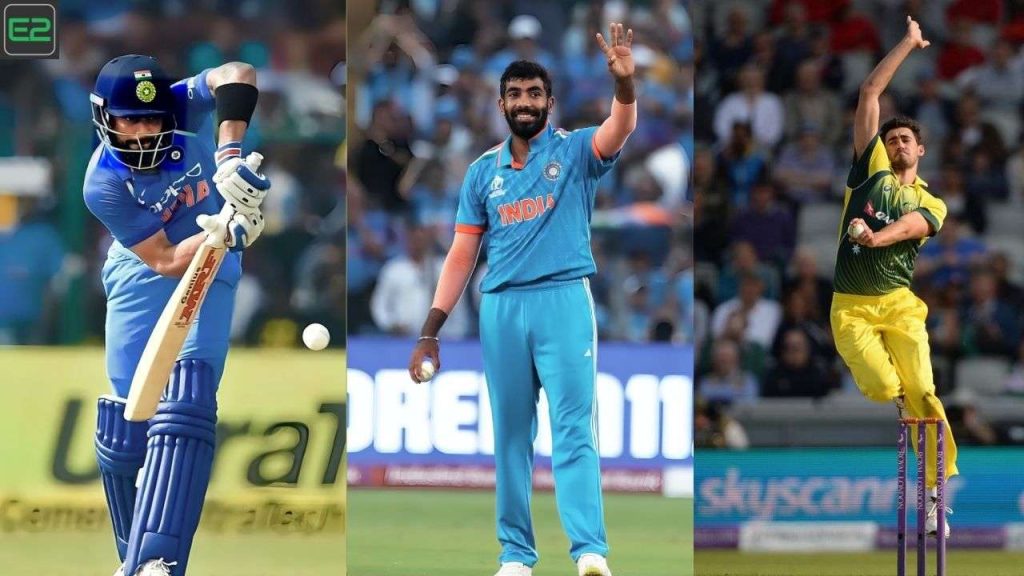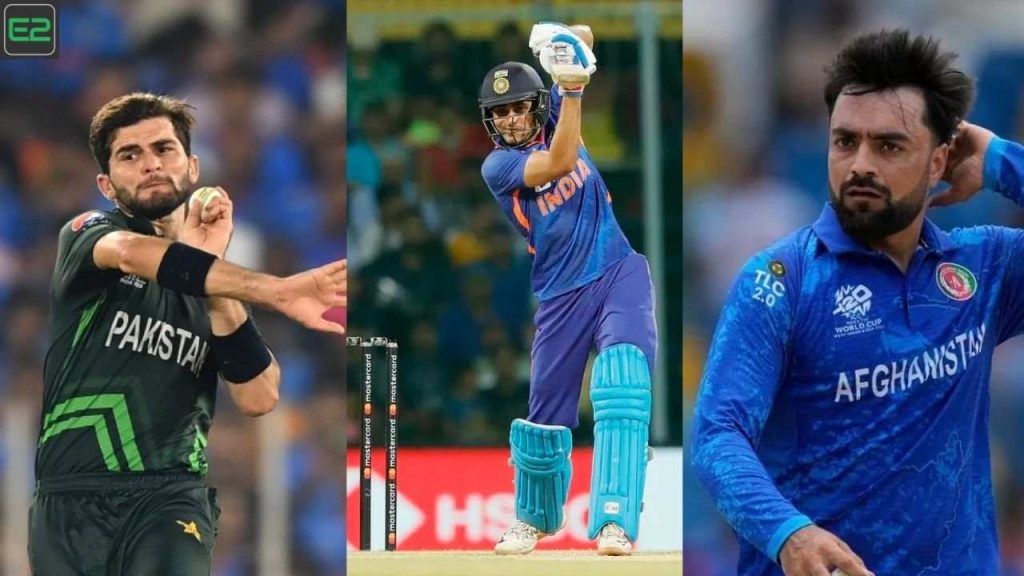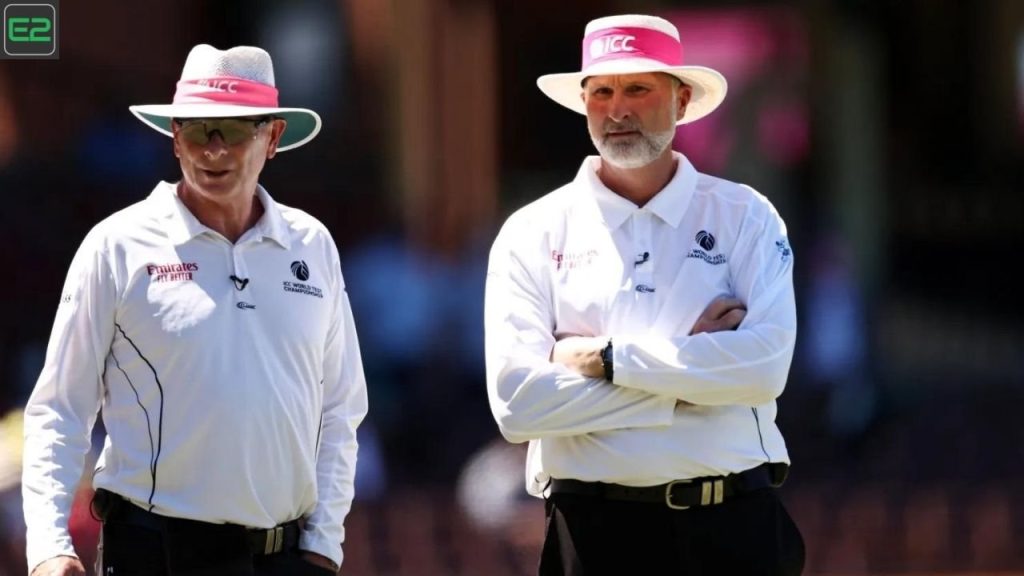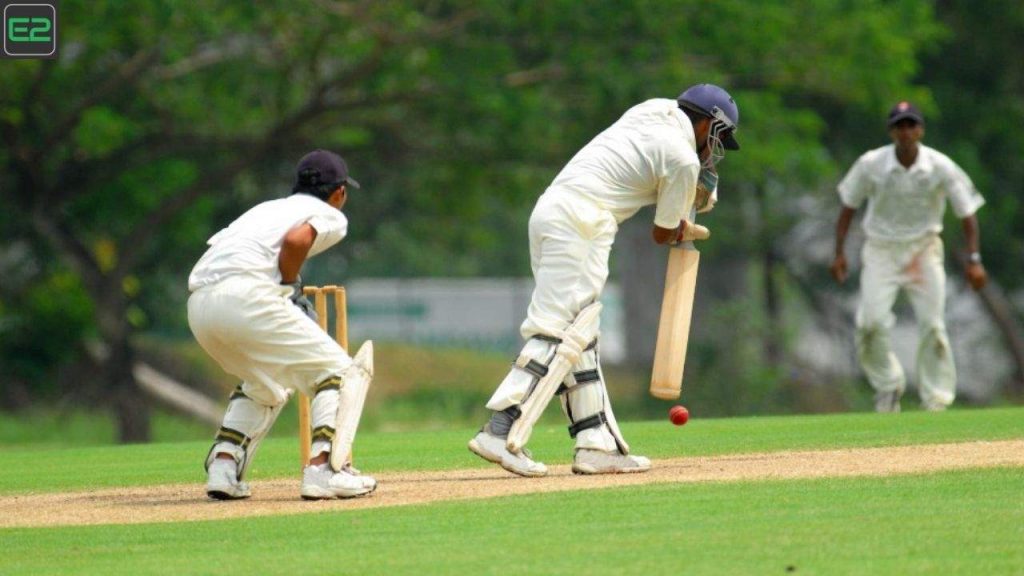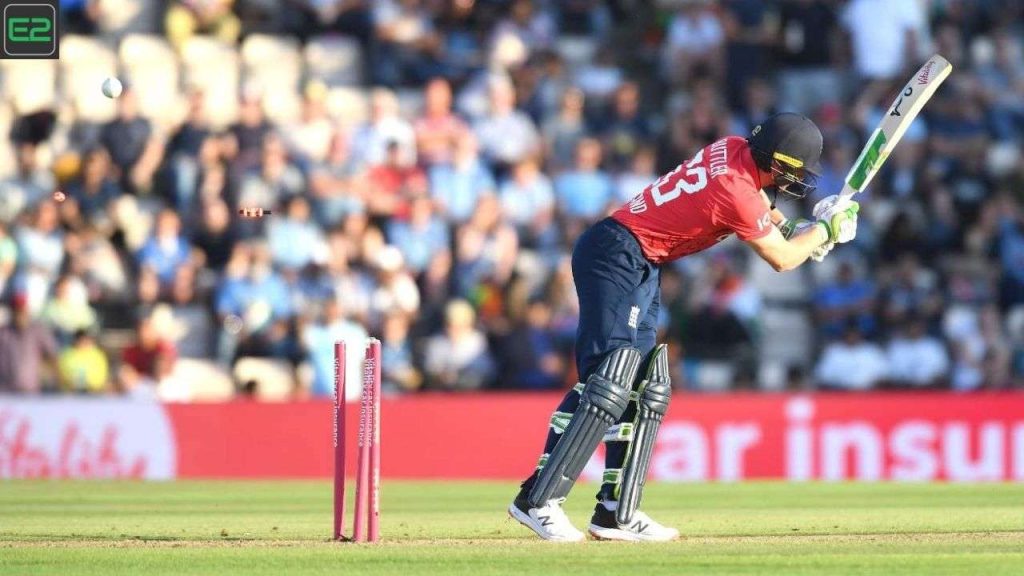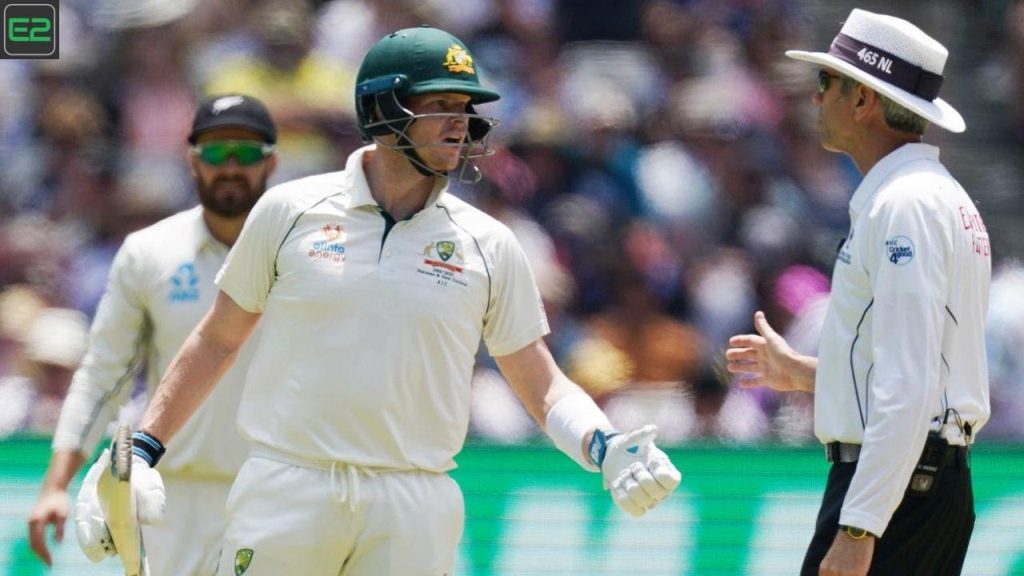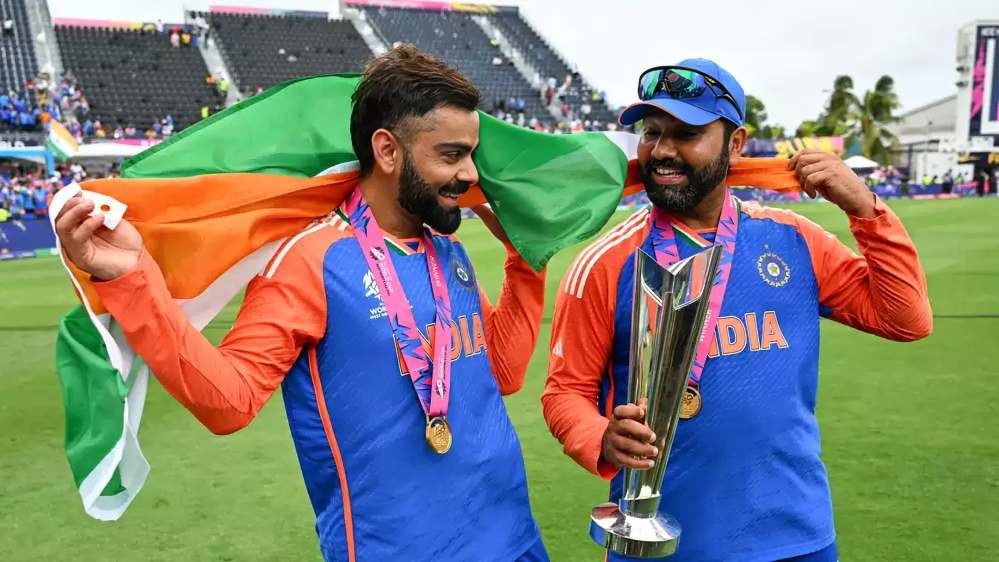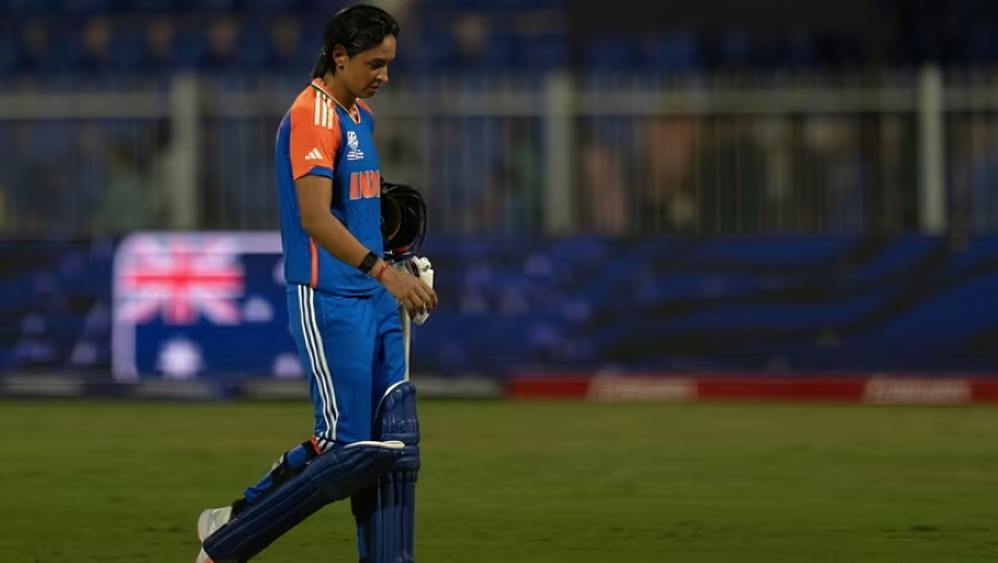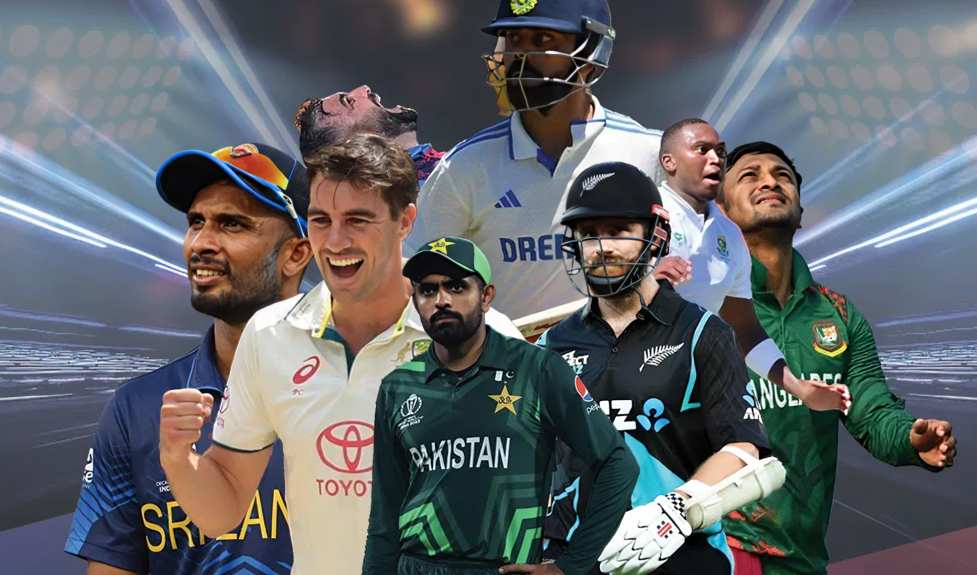There are 11 players in a cricket team that can be broadly divided into the wicketkeeper, batters, bowlers and all-rounders.
Cricket’s popularity is set to reach new heights with the sport’s inclusion at the Los Angeles 2028 Olympics.
Cricket, however, has come a long way since. In the modern iteration of the game, every top-level competition in cricket, be it international or club-level, follows the 11-a-side format. Cut-down variants like six-a-side and five-a-side cricket do exist but aren’t followed in mainstream competitions involving top teams.
How many players in a cricket team
Each team can name a maximum of 11 players for a cricket match, be it in any format – Tests, 50-over ODI or T20s.
Roles in a cricket team
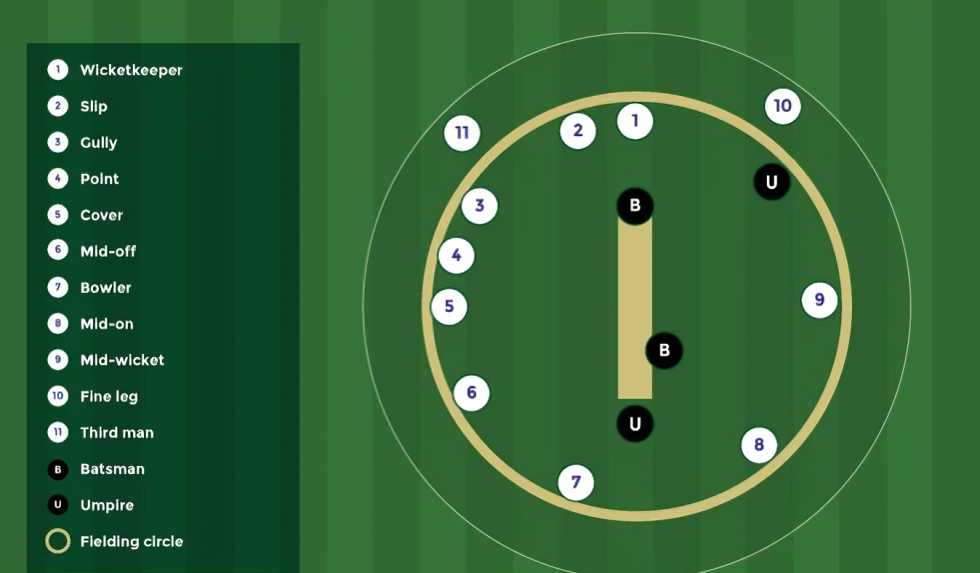
The 11 players in a cricket team can broadly be divided into four categories based on their roles – one wicketkeeper, batters, bowlers and all-rounders.
When a side is fielding, the wicketkeeper is the player wearing gloves and pads who stands behind the stumps at which the opposition batter is batting at. While there is no rule in cricket mandating that a team needs to field a wicketkeeper in a match, it’s extremely rare to see teams playing without one as a keeper can take snappy catches, affecting stumpings and direct bowlers at which length to bowl and even advise on field placements.
The remaining roles are pretty much self explanatory.
Bowlers are the players in a cricket team who specialise in bowling.
There can be several categories of bowlers but they can broadly be divided into pacers and spinners.
Pacers are the bowlers who usually aim to beat the batters with their speed and movement of the ball. Bowlers can also swing the ball outwards or inwards or execute reverse swings off older balls to get a batter out.
Pacers usually bowl with newer balls with plenty of shine but some who are proficient with reverse swing can be lethal with old cricket balls as wells. Bowlers who can use shine and seam position of a cricket ball are very effective.
Spinners, by sheer meaning of the word, look to outfox batters by turn. They usually bowl slower deliveries and use their fingers and wrists to extract turn off the pitch. Spinners also vary the length of deliveries by giving ‘air’ to the ball.
It is an art where the bowlers can float the ball at various angles and speed. Although spinners can use the new ball, they usually play a role later in an innings when a wearing pitch offers more grip for an older ball to spin.
Spinners can also be broadly subdivided into off-spinners and leg-spinners depending on the direction they spin the ball.
Batters, meanwhile, are the players in a team who specialise in batting and scoring runs. The two batters who come out first to bat for a team are called the team’s openers.
Players who can do a bit of both are called all-rounders. If a player is more proficient in batting but can also be effective as a bowler, then he is a batting all-rounder. A player who is more capable with the ball but can also contribute runs, is called a bowling all-rounder.
There are no specific rules regarding how many batters, ballers or all-rounders a team can pick for a match. The team composition can vary according to the strategy of the team, the playing surface and the availability of players.
While a team is bowling, all 10 of the players on the pitch barring the one bowling are fielders.
Substitutions in cricket
Unlike football, where substitutions are a big part of the game, the concept doesn’t hold the same significance in international cricket.
Teams are allowed to substitute fielders in case of injuries but the subs are only allowed to field in that match, not bowl or bat. Catches and dismissals affected by the substitute fielders, however, count.
Furthermore if a bowler leaves the field due to injury or illness and then returns after receiving treatment, they have to be on the field for the exact amount of time they have been out before they can bowl again.
Similarly, a player, who was off the field before the innings turnover happened, cannot come out to bat immediately. After his team’s batting has started, he has to wait for the exact amount of time for which he was off the field before he is eligible to bat.
The rule comes into effect if a player suffers a concussion (generally an injury caused due to impact of a cricket ball) during a game but teams can only bring on a like-for-like replacement in these cases.
For example, if a pure batter has to go off the field with a concussion, the team can only replace him with another pure batter. A concussion replacement has to be okayed by the Match Referee.
Impact player rule in IPL
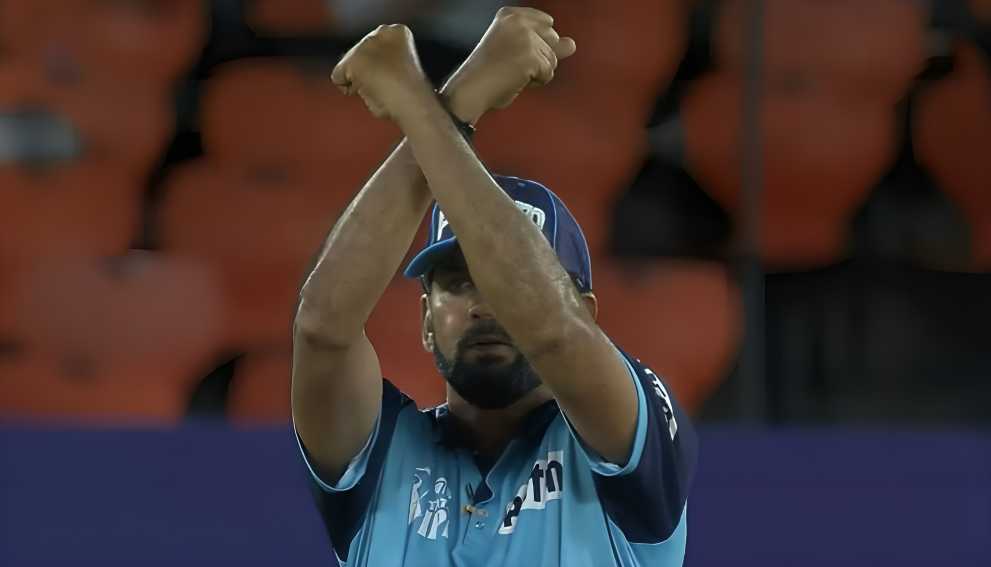
While the ICC has experimented with the concept of tactical substitutions in international cricket in the past, these never materialised into rules.
Tactical substitutions, however, have found a place in franchise-cricket leagues like the Big Bash League (BBL) and the Indian Premier League (IPL).
The Impact Player Rule, which was introduced in the IPL from the 2023 season, allows teams to make one tactical substitution to their playing XI in a match. In addition to the playing XI, a team needs to list four substitutes before the toss. The team can use any one of the four subs as its Impact Player during the match while abiding by certain stipulations.


